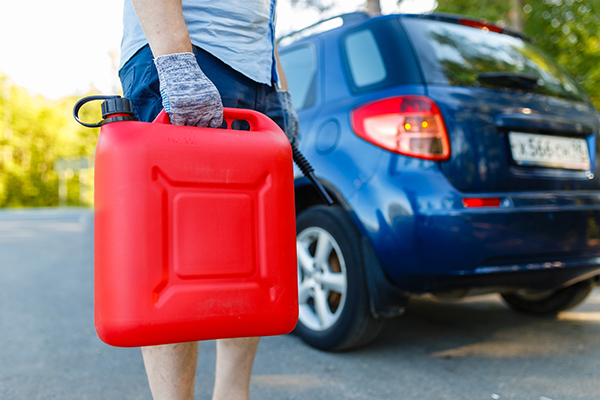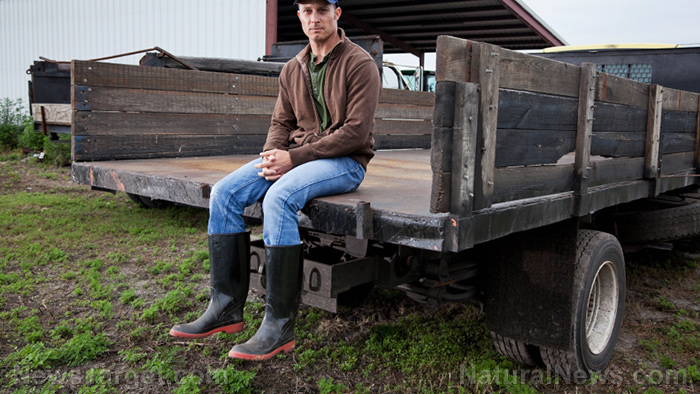
California -- the state that created the U.S. car culture -- will ban all internal combustion-engine cars and passenger trucks starting in 2035. In a Wall Street Journal report, Gov. Gavin Newsom signed an executive order on Sept. 23, which allows the California Air Resources Board to develop regulations for vehicle sales to meet emission targets over the next decade. The move will ensure that all passenger cars and trucks sold in the state are electric by 2035.
The executive order also set a 2045 deadline for other heavy-duty trucks to go zero-emissions where feasible. Newsom's order will not prohibit Californians from driving their present gas-powered cars, reselling used gas-powered cars or purchasing new ones from outside the state.
According to Newsom, transportation accounts for more than half of the carbon pollution in the state. Moreover, in light of the state's record-breaking wildfire season, the governor also said that California needs to “fast track” its efforts to combat so-called climate change.
Not the best approach
Newsom's recent announcement received much pushback from both environmentalists and auto industry leaders. Kassie Siegel, director of the Center for Biological Diversity’s Climate Law Institute, said in a statement that Newsom can't claim climate leadership while still supporting oil companies.
On the other hand, oil companies also blasted the executive order, arguing that electric cars aren't a viable option for most people. In 2019 alone, for instance, zero-emission vehicles made up just two percent of the cars on California's roads. This translates to some 560,000 cars out of more than 28.4 million.
Chet Thompson, head of American Fuel and Petrochemical Manufacturers, a trade group for refineries that make gasoline and other fuels, argued that Newsom lacks the power to ban the internal combustion engine. Regardless, the ban would be among the most regressive methods to reduce carbon emissions, he said.
Meanwhile, the Washington-based trade group Alliance for Automotive Innovation said that it welcomed efforts to bolster electric vehicle sales in the largest car market in the U.S. but questioned whether banning internal combustion engines was the best approach.
“Neither mandates nor bans build successful markets,” said John Bozzella, the alliance's chief executive officer and president, in a statement. The demand for zero-emission cars is also low, with electrified vehicles accounting for less than 10 percent of new vehicle sales in California.
Therefore, in order for California to reach its aggressive targets via this route, much more needs to be done to increase consumer demand for zero-emission vehicles, he added. It will require increased infrastructure, incentives, fleet requirements, building codes and much more.
California's ambitious emissions targets
California has long painted itself as a global leader on what it calls climate-change policies. In 2018, for instance, the state passed a law to get 100 percent of its power from wind, solar and other sources that do not produce carbon dioxide come 2045.
But with the recent record-breaking fires, Newsom has found himself pressured to act faster on the state's ambitious emissions targets. In a statement, the governor said that cars shouldn't make wildfires worse, nor should cars melt glaciers or raise sea levels.
But Newsom's executive order might not be the last word. In 2019, the White House blocked California's strict emissions guidelines. President Donald Trump is also challenging a 1970 law that gave California the right to set its own emissions standards.
Trump has also sought to bar California from requiring the sale of electric vehicles, which his rival Joe Biden has pledged to support. (Related: Electric cars just as dirty as petroleum-powered vehicles? New study sheds light on 'zero emissions' fraud.)
In the meantime, however, California has struck a deal with five major automakers: Volkswagen, Volvo, BMW, Ford and Honda. The automakers agreed to cut greenhouse gas emissions from their cars. In exchange, state officials will grant them more time to meet California's greenhouse gas emissions targets.
Read more articles about California's emission targets at ClimateScienceNews.com.
Sources include:
Please contact us for more information.





















